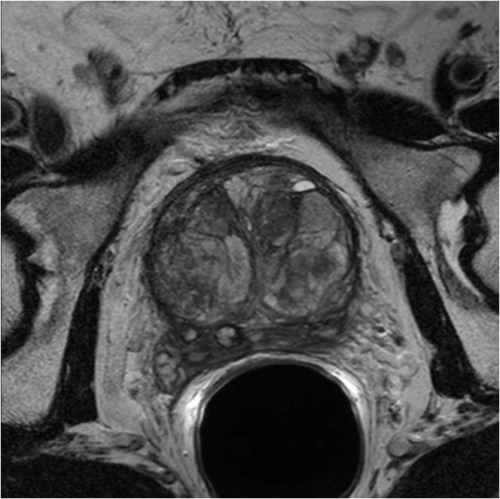Active surveillance
A small (not palpable), less aggressive tumour (Gleason <7) detected on biopsy and with a low PSA* (<10) is not necessarily suspicious. Nevertheless, these three parameters need to be actively and regularly monitored, which involves repeat biopsies. However, surgery or radiotherapy will be indicated if any of these parameters worsens.
- Advantage: no immediate treatment.
- Disadvantage: the risk of living with an untreated cancer and missing the “window of opportunity” for cure due to a small but developed tumour near the capsule, which insidiously transgresses it. The risk of not having detected a more aggressive cancer site during the first biopsy also exists.
Post-treatment follow-up
After removal of the prostate - which allows to analyse it in its entirety and thus know the precise nature and extent of the tumour - the pathological stage is precisely determined. Six weeks after prostatectomy, the PSA should be 0.0 and remain as such thereafter. In this situation, the PSA is unquestionable and perfectly reliable. During analysis of the prostate, if extracapsular extension occurs and PSA is persistent or recurs (> 0.2), an additional radiotherapy may provide a second chance for a cure.
*Prostate-specific antigen or PSA, is a protein produced exclusively by cells of the prostate gland. The level of PSA increases in most prostate cancers but the increase may also be found in non-cancerous conditions of the prostate. Its use as a marker in screening for prostate cancer is controversial.

Multidisciplinary seminars
In collaboration since 3 years with the specialised radiology institute ImageRive and Dr Martins-Favre (Head Radiologist of the SIPC), we lead a weekly radio-histological symposium
